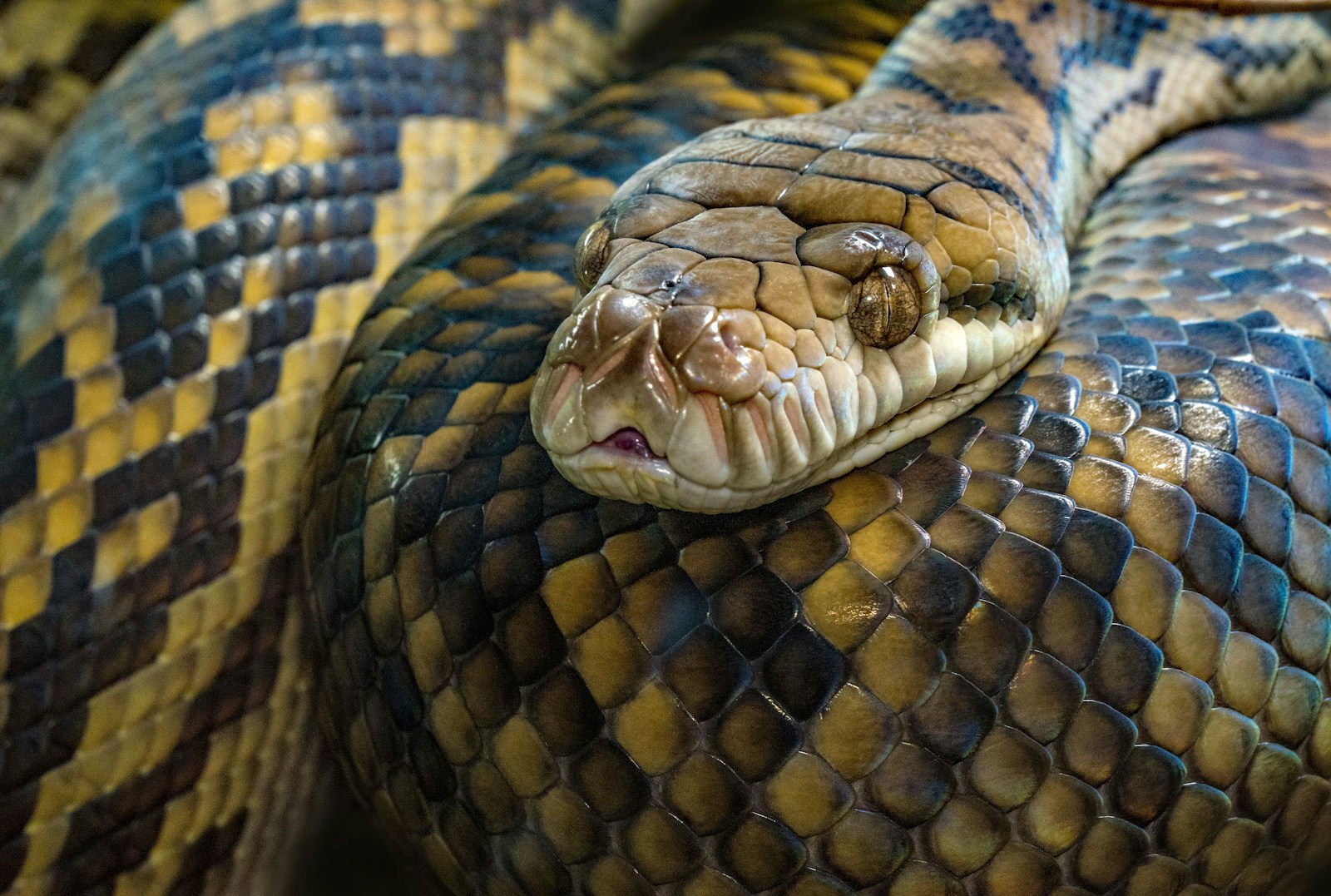The animal kingdom never ceases to amaze us with its remarkable adaptations for survival. Among these marvels of evolution, snakes stand out for their limbless locomotion—a feature that should theoretically limit their mobility. Yet, these reptiles have developed sophisticated movement strategies that allow them to navigate diverse landscapes with surprising efficiency. Perhaps most fascinating is their ability to alter their locomotion methods based on the terrain they encounter. From the scorching desert sands to dense forest underbrush, snakes seamlessly switch between distinct movement patterns to optimize their travel across varying surfaces. This adaptive locomotion not only ensures their survival in challenging environments but also makes them one of nature’s most versatile navigators.
The Evolution of Serpentine Locomotion
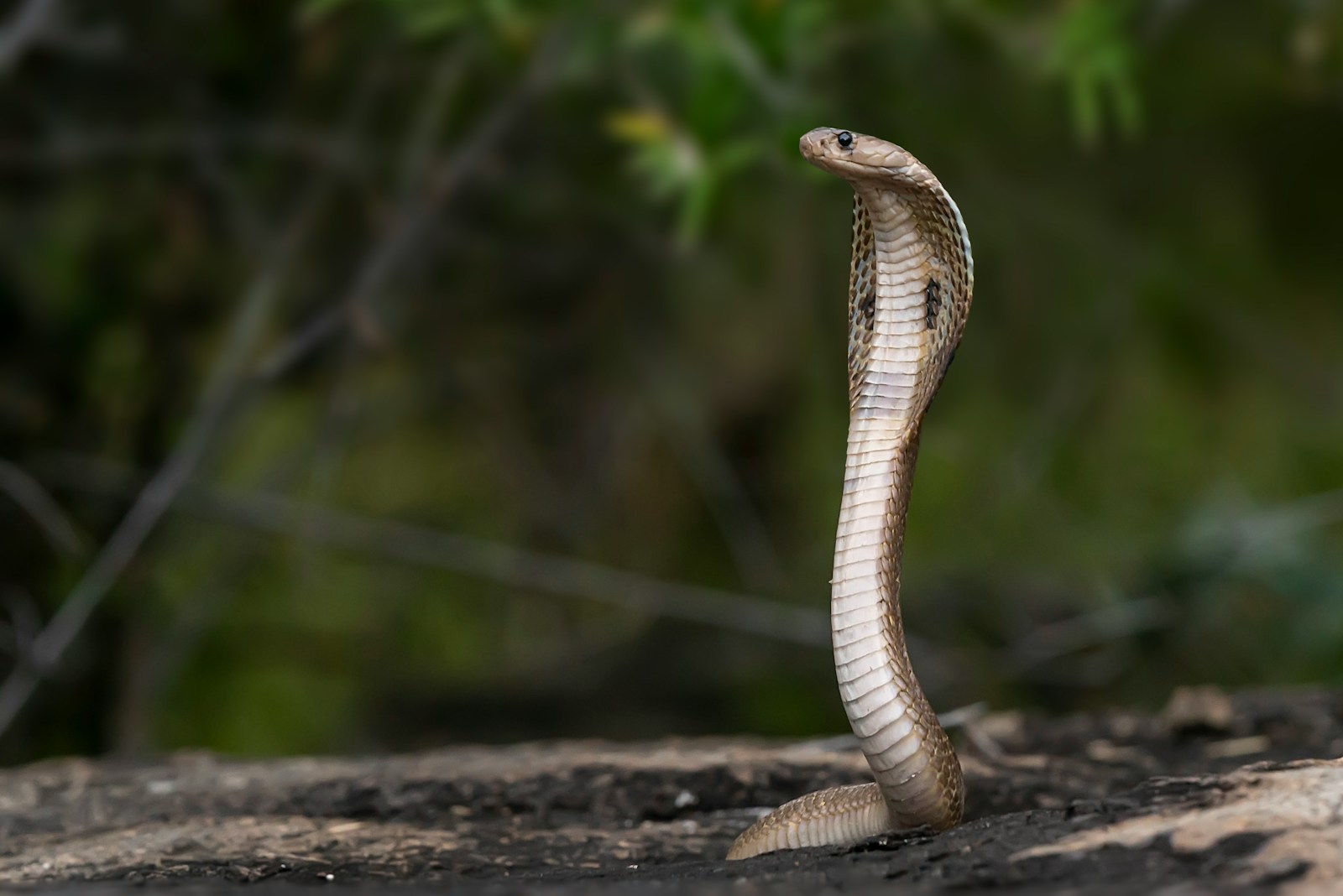
The evolution of snake movement represents one of nature’s most remarkable adaptations. Approximately 100 million years ago, snakes’ ancestors possessed limbs similar to modern lizards, but gradually lost these appendages as they adapted to burrowing lifestyles. This dramatic evolutionary shift forced them to develop alternative methods of locomotion that didn’t rely on legs. What might seem like a disadvantage became a specialized adaptation, allowing snakes to access environments and hunting opportunities unavailable to limbed creatures. Their elongated bodies, specialized muscle structures, and flexible spines evolved in concert to create a locomotion system that works efficiently without the need for limbs. This evolutionary journey demonstrates nature’s remarkable ability to transform apparent limitations into specialized advantages.
Serpentine Movement: The Classic Slither
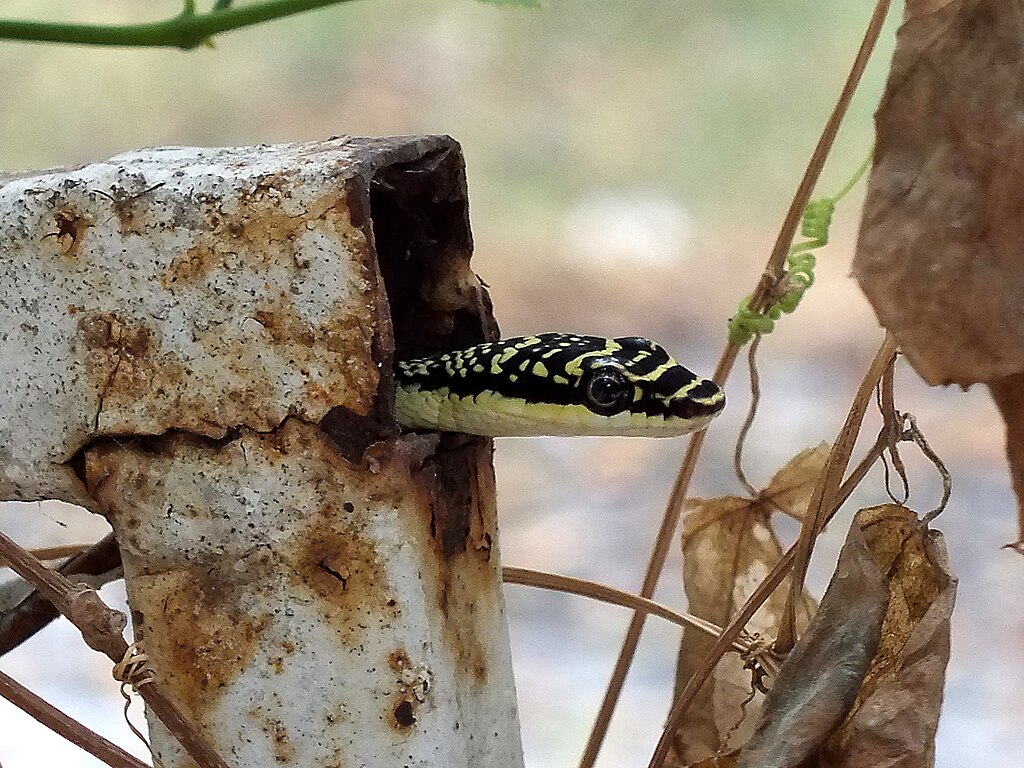
The most recognizable snake movement pattern is lateral undulation, commonly known as serpentine movement or “slithering.” This technique involves the snake forming a series of S-shaped curves with its body, then pushing against surface irregularities to propel itself forward. The wave-like motion travels from head to tail, with each body segment following the path created by the segments ahead of it. Serpentine movement is extraordinarily efficient on surfaces that provide adequate friction points, such as forest floors, grasslands, and rocky terrain. The snake’s scales play a crucial role in this locomotion style, as they grip against push points while minimizing friction in the direction of travel. This movement technique is so energy-efficient that many snakes can maintain it for hours without significant fatigue.
Rectilinear Locomotion: The Caterpillar Crawl

When traversing tight spaces or moving slowly, many snakes—especially larger species like pythons and boas—employ rectilinear locomotion. This method resembles a caterpillar’s movement and works through the sequential contraction and extension of the snake’s ventral muscles. The snake lifts small sections of its belly scales and moves them forward before setting them down and gripping the surface, then repeating this process in a wave-like pattern. This creates the appearance of the snake sliding in a straight line without lateral undulations. Rectilinear locomotion is particularly useful when the snake is approaching prey and needs to move stealthily, or when navigating narrow tunnels where side-to-side movement would be impossible. Though considerably slower than serpentine movement, this technique allows for precise control and works effectively on flat surfaces that don’t provide push points for lateral undulation.
Sidewinding: Desert Sand Specialists
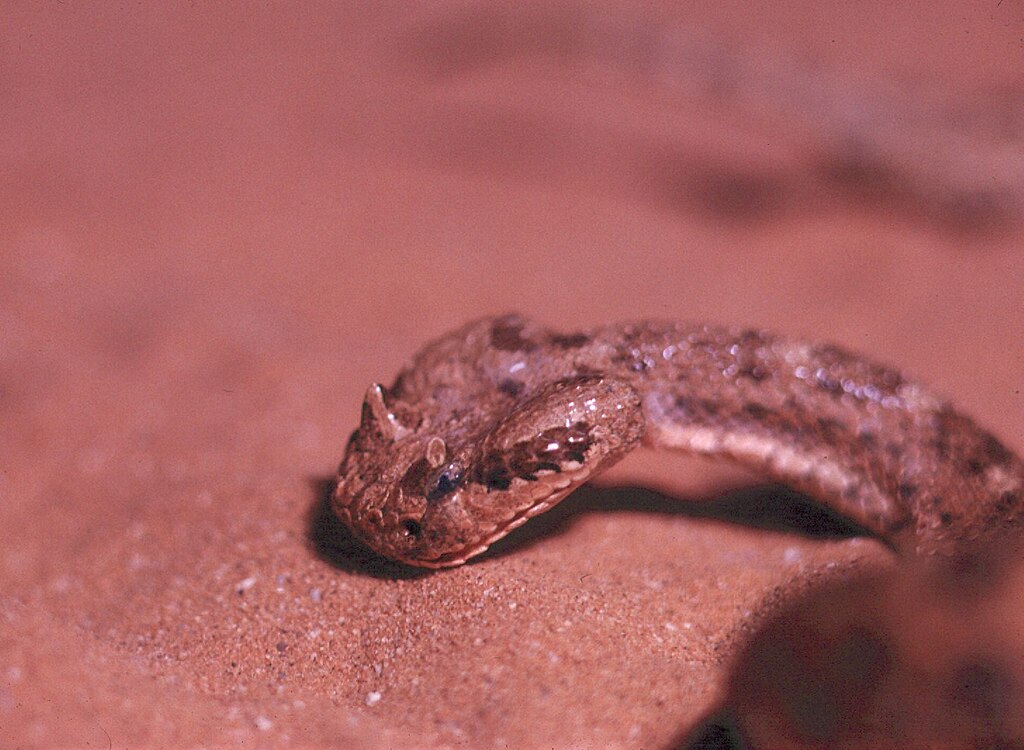
Perhaps the most visually distinctive snake movement is sidewinding, a specialized form of locomotion evolved primarily by desert-dwelling species like the sidewinder rattlesnake. This remarkable technique allows snakes to traverse loose sand and other unstable surfaces where other movement methods would be inefficient or impossible. During sidewinding, the snake throws its head forward and to the side, then lifts portions of its body to create a series of diagonal tracks across the sand. Only a small portion of the snake’s body contacts the ground at any given time, minimizing sinking into soft sand and reducing heat exposure from scalding desert surfaces. The resulting J-shaped tracks left in the sand are instantly recognizable to desert ecologists. Sidewinding represents a perfect example of environmental adaptation in locomotion, allowing these specialists to thrive in one of Earth’s most challenging habitats.
Concertina Movement: Climbing the Vertical
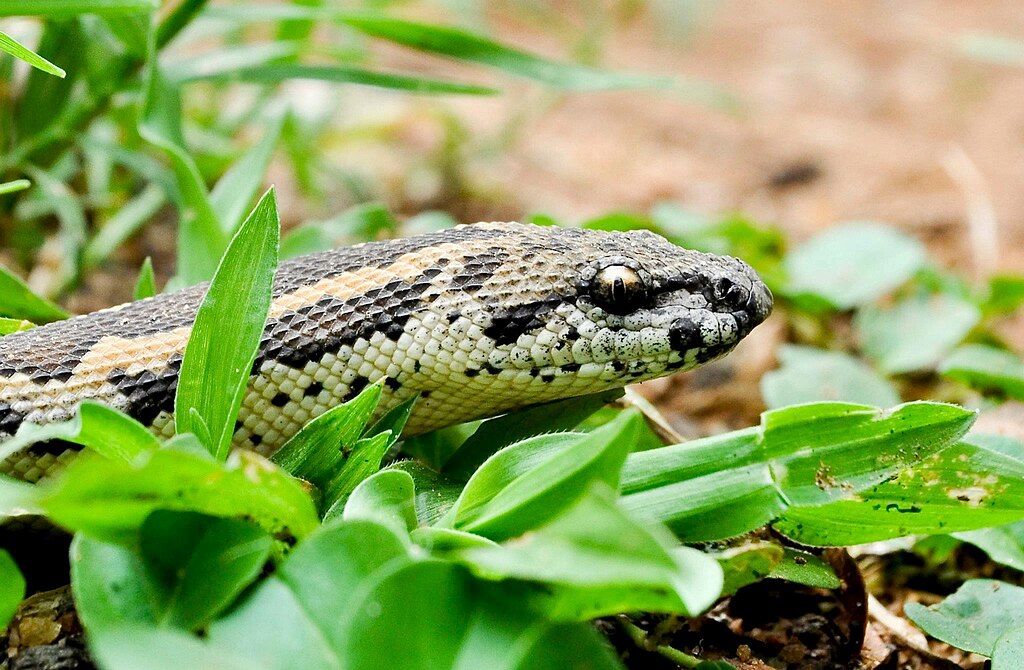
When faced with vertical or narrow passages, many snakes employ concertina locomotion, a technique that showcases their remarkable adaptability. This movement style involves the snake anchoring its posterior end, extending the front portion of its body forward, then gripping with the anterior section while pulling the rear portion forward. The resulting accordion-like motion allows snakes to climb trees, scale walls, or navigate narrow passageways where other movement styles would fail. Tree snakes, such as the emerald tree boa, have perfected this technique for arboreal habitats, using their specialized ventral scales to create enhanced friction against tree bark. The concertina method requires significantly more energy than other locomotion styles, explaining why snakes typically revert to lateral undulation when possible. However, this energy-intensive movement provides access to food sources and habitats unavailable to terrestrial competitors.
The Biomechanics of Snake Movement

The impressive locomotion abilities of snakes stem from their specialized biomechanical adaptations. Unlike most vertebrates, snakes possess an extraordinary number of vertebrae—between 200-400 depending on the species—providing exceptional flexibility throughout their elongated bodies. Each vertebra connects to ribs and an intricate network of muscles that control precise movements. Their skin and scales operate as a functional unit with these internal structures, with overlapping ventral scales designed to grip surfaces when pushed in one direction while sliding smoothly in the opposite direction. This directional friction is crucial for efficient locomotion. The snake’s neuromuscular coordination allows for independent control of different body sections, enabling them to perform complex movement patterns simultaneously. These biomechanical features work in concert to create one of nature’s most sophisticated locomotion systems despite the absence of limbs.
Aquatic Propulsion: Swimming Techniques
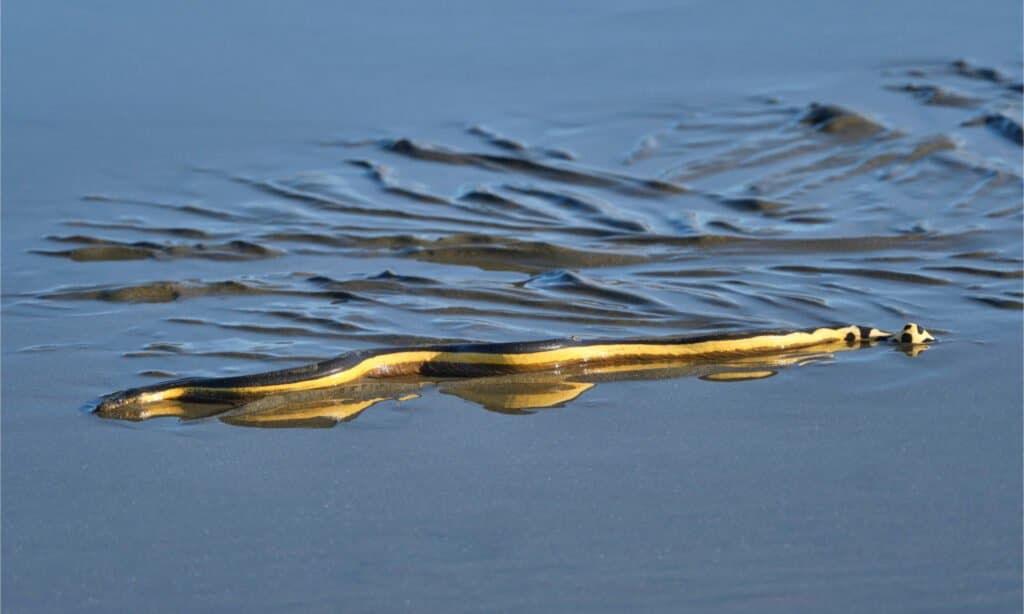
Many snake species have mastered aquatic environments through specialized swimming techniques that differ significantly from their terrestrial movement patterns. Water snakes and sea snakes primarily use lateral undulation while swimming, creating S-shaped waves that propagate from head to tail and push against the water for propulsion. However, these aquatic undulations feature larger amplitudes and lower frequencies than their terrestrial counterparts, optimized for the different physics of water resistance. Some highly specialized sea snakes have evolved laterally compressed tails that function similarly to paddles, increasing their swimming efficiency. Interestingly, even predominantly terrestrial snakes can swim effectively when necessary, though they may not maintain the streamlined body position of aquatic specialists. This swimming ability highlights the remarkable versatility of serpentine locomotion across different mediums.
Terrain-Specific Movement Adaptations
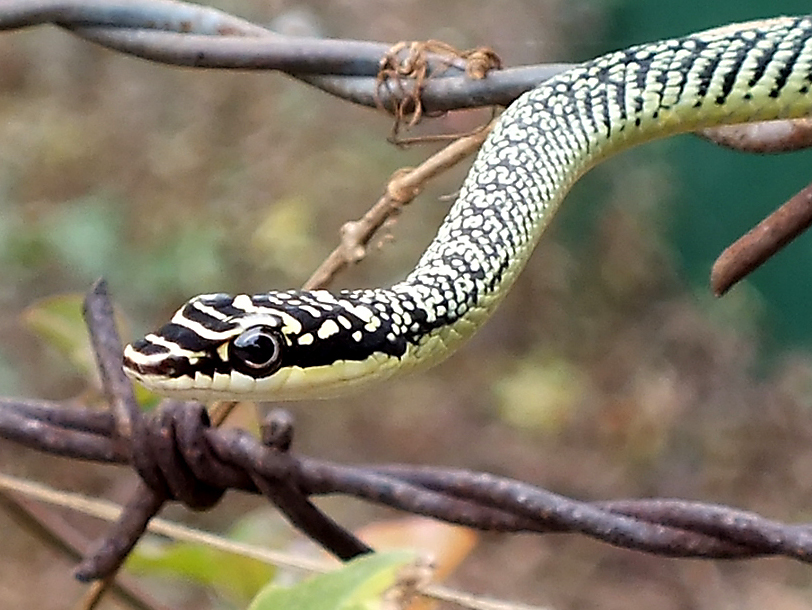
A snake’s ability to switch between movement styles based on terrain represents a sophisticated decision-making process balancing energy efficiency and locomotion effectiveness. When a snake encounters a change in substrate—perhaps moving from leaf litter to bare rock—it makes nearly instantaneous adjustments to its movement pattern. Research has demonstrated that these transitions aren’t simply reflexive but involve sensory assessment of the new terrain. For example, a corn snake moving through forest undergrowth using lateral undulation might switch to concertina movement when encountering a fallen log, then revert to undulation after crossing. Desert specialists like the sidewinder demonstrate perhaps the most dramatic adaptations, using standard lateral undulation on firm surfaces but immediately switching to sidewinding when encountering loose sand. These terrain-specific adaptations maximize energy efficiency while ensuring the snake can navigate virtually any environment it encounters.
The Role of Scales in Movement Adaptation
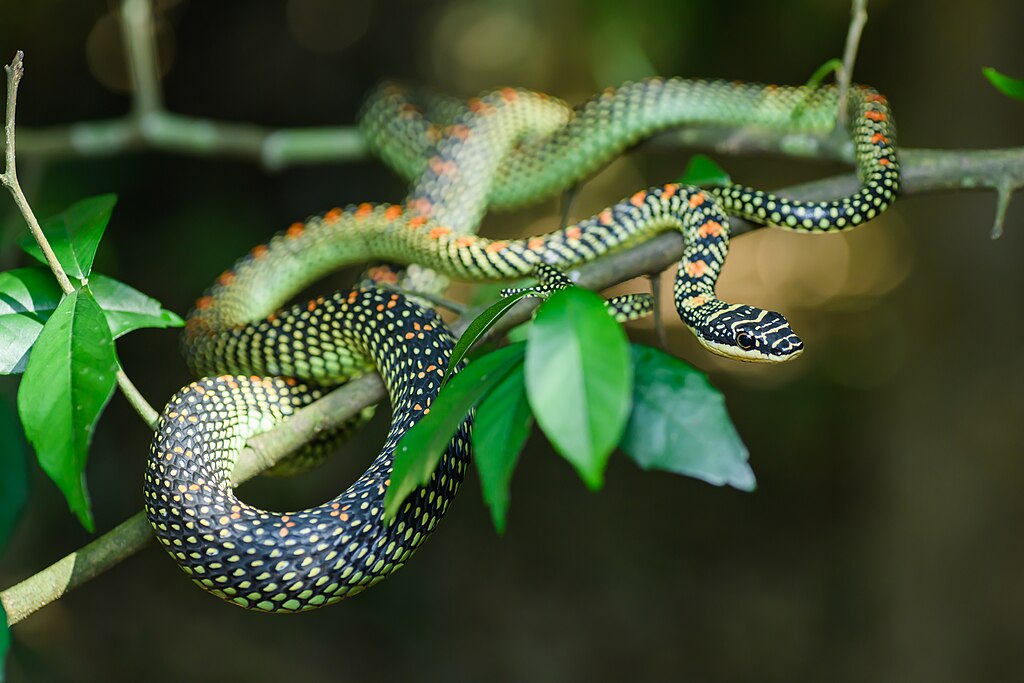
Snake scales are far more than protective covering—they’re sophisticated tools critical to the reptile’s ability to adapt its movement to different terrains. The ventral scales (those on the snake’s underside) feature microstructures that create directional friction, gripping surfaces when pushed backward while sliding smoothly when moved forward. This directional friction is fundamental to efficient locomotion. Different snake species have evolved scale variations that optimize movement on their native terrains—desert dwellers often have reinforced ventral scales resistant to abrasion from sand, while arboreal species feature pronounced ridges that enhance grip on tree bark. Aquatic specialists have more streamlined scales that reduce drag in water. Perhaps most impressively, some snakes can temporarily alter the angle and positioning of their scales to adapt to sudden terrain changes, demonstrating the remarkable integration between the reptile’s neuromuscular control and its external features.
Energy Efficiency Across Movement Types
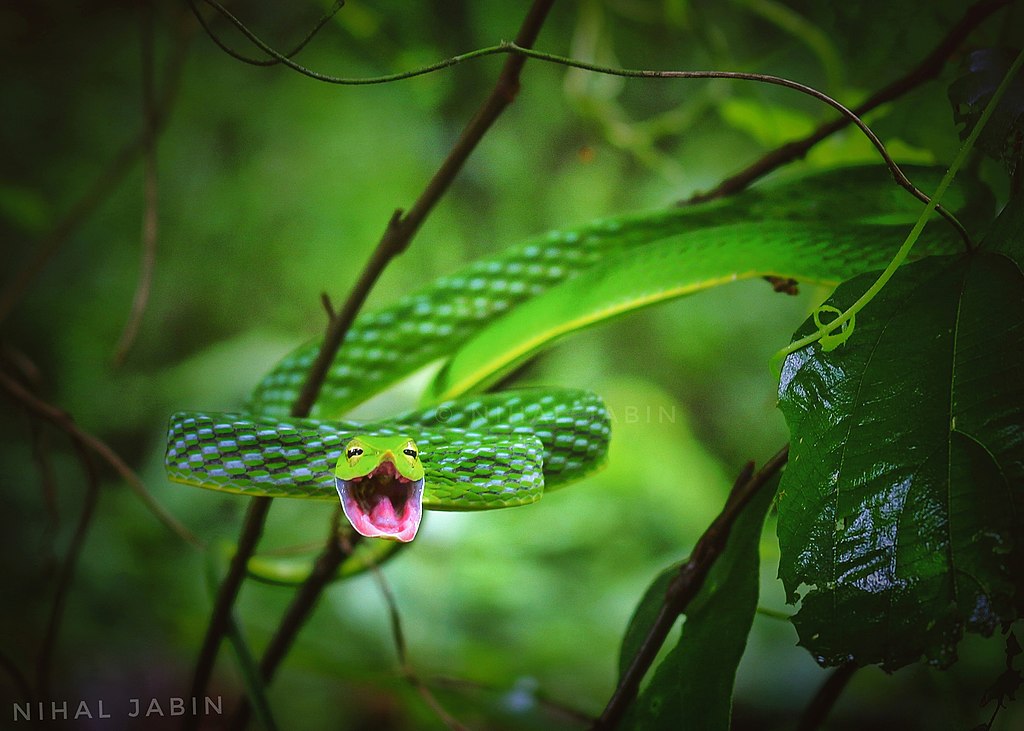
The energy costs of different snake movement methods vary dramatically, influencing when and where each technique is employed. Lateral undulation stands as the most energy-efficient locomotion style, with studies showing it requires approximately 30% less energy than other methods. This efficiency explains why snakes default to this movement whenever terrain permits. In contrast, concertina locomotion demands significantly more energy—up to three times that of lateral undulation—due to the constant muscle contractions required to grip and release surfaces. Sidewinding occupies a middle ground, being more energetically costly than undulation but providing crucial advantages on loose substrates. Rectilinear movement, while slow, offers reasonable efficiency for large-bodied snakes. This energy efficiency hierarchy largely dictates a snake’s movement decisions, with most species instinctively selecting the most energy-efficient method that will work effectively on any given terrain, reserving high-energy techniques for situations where other methods would fail.
How Muscle Specialization Enables Movement Switching

The snake’s remarkable ability to transition between movement styles stems from its highly specialized musculature. Unlike most vertebrates with discrete muscle groups dedicated to specific movements, snakes possess an integrated system of overlapping muscle segments that can be activated in various patterns to produce different locomotion types. These muscles attach to each vertebra and rib, creating a network capable of generating force in multiple directions simultaneously. Electromyographic studies have revealed that different movement patterns activate distinct muscle groups in specific sequences—lateral undulation primarily engages the epaxial muscles running along the spine, while sidewinding incorporates additional activation of the hypaxial muscles along the sides. The snake’s central nervous system coordinates these muscle activations through specialized neural circuits that can rapidly switch between established movement patterns when terrain changes are detected. This neurological and muscular integration allows for seamless transitions between movement styles without the need for physical reconfiguration.
The Future of Biomimetic Robotics Inspired by Snake Movement

The remarkable adaptability of snake locomotion has become a significant inspiration for robotics engineers developing machines that can navigate challenging environments. Snake-inspired robots, often called “snakebots,” adopt the same movement principles that allow real snakes to traverse diverse terrains. These robots employ segmented designs with numerous independently controllable joints that can reproduce serpentine, concertina, and even sidewinding movements. Such biomimetic devices show particular promise for search-and-rescue operations, where they can navigate rubble and confined spaces inaccessible to traditional wheeled or legged robots. Engineers at institutions like Carnegie Mellon University and the Tokyo Institute of Technology have developed snakebots that can climb pipes, swim through water, and traverse unstable surfaces by switching between movement styles just as their biological counterparts do. As this technology advances, future applications may include pipeline inspection, minimally invasive surgery, and exploration of extraterrestrial environments where adaptive locomotion provides critical advantages over conventional mobility systems.
The snake’s ability to change its movement style based on terrain represents one of nature’s most elegant solutions to the challenge of limbless locomotion. Through millions of years of evolution, these reptiles have developed a versatile movement repertoire that allows them to thrive in environments ranging from desert sands to forest canopies, and even aquatic habitats. By seamlessly transitioning between serpentine undulation, rectilinear crawling, sidewinding, and concertina climbing, snakes demonstrate remarkable adaptability that maximizes both energy efficiency and mobility effectiveness. This specialized locomotion system—combining sophisticated biomechanics, scale adaptations, and neuromuscular control—continues to inspire both scientific research and engineering innovations. As we continue studying these remarkable creatures, their movement strategies will likely reveal even more secrets about optimization, efficiency, and adaptation in biological systems.

